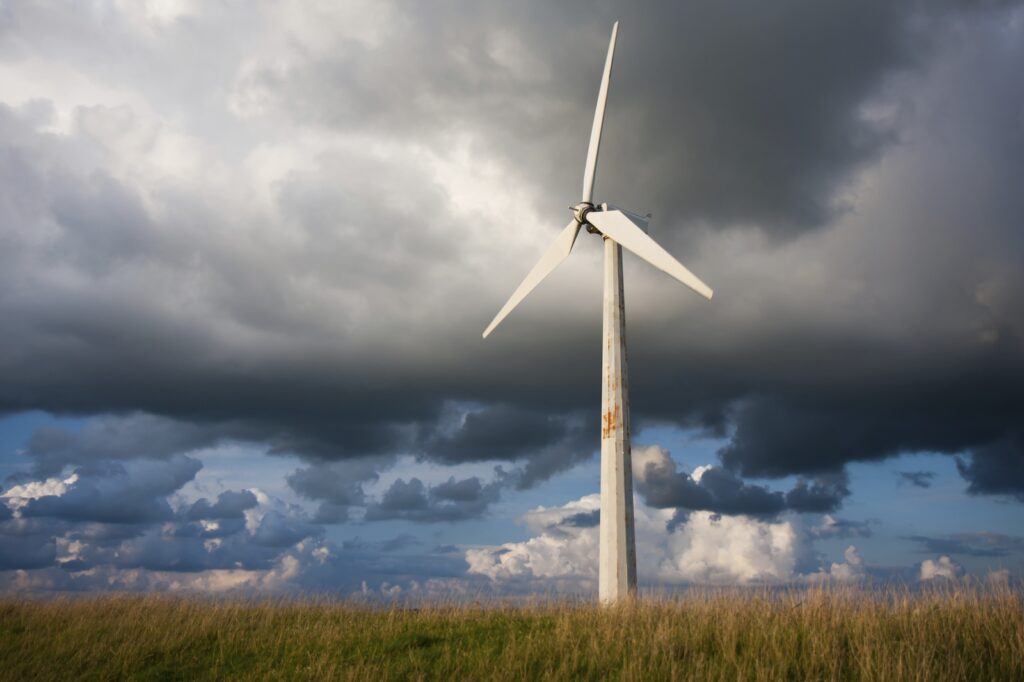There is a discussion going on between the fossil fuel industry and the alternative energy producers, in some part due to the fact that the fossil fuel industry views renewable energy as a threat to its profits. As technological advancements bring the costs of renewable energy down and into line with those of fossil fuels, there are some interesting tactics being used to hinder the progress of the widespread adoption of renewable energy technologies. One of the most gratuitous examples of this is Wyoming’s “wind tax.”
As of this writing Wyoming is the only state in the United States that we know of that has laid claim to ownership of the wind, placing a one dollar per megawatt tax on electricity generated using wind power. While there is no debating that any type of resource that is found within the property boundaries of an owner can be claimed as a “possession” of that owner, the wind is not really bound to any particular property. This makes the claim of state ownership of the wind quite difficult to defend, yet this practice has been going on for several years. While this tax may be put in place in order to add to the costs associated with wind power production, helping those costs to remain higher than the production costs of fossil fuels and protecting the traditional energy industry, it won’t be able to totally stop the progress of renewable energy taking a better hold in America.
The use of the legal system to protect one industry at the expense of another is unfair, and challenges to the law have been made but without success at the time of this writing. Both renewable energy and oil are produced using fuel sources which are “free”, but the costs associated with production, refinement, distribution are higher for fossil fuels. In the past, there was no debate over “ownership of the wind” because the wind power industry had not evolved technologically enough to drop production costs to a point of threatening fossil fuel production. The development of advanced industrial wind power surge protection devices by Raycap, as well as innovations from other manufacturers, have contributed to a situation where damage that was once built into the pricing model can be avoided, reducing costs at wind farms. One of the main causes of damage to wind turbines is lightning strikes, and while there is only minimal action that can prevent damage to the blades and structures of the turbine itself, industrial Surge protective Devices (SPDs) can be placed along power cables connecting the turbines to the equipment which drives them. The sensitive equipment on the towers is susceptible to power surge damage when a lightning strike happens, and in the past this damage had to be figured into the total cost of ownership. By protecting that equipment from the powerful lightning surges, and in many cases eliminating the threat completely, the costs associated with replacement of some equipment used for wind energy are mitigated, thus reducing production costs dramatically.
As costs of production of electricity using wind power are lowered using more advanced SPDs, technologically superior equipment, and other measures, a way to stem wind power from being the logical choice over fossil fuels is to artificially inflate the prices of generating that power by using legislation. It appears sadly that Wyoming is already doing just that.

